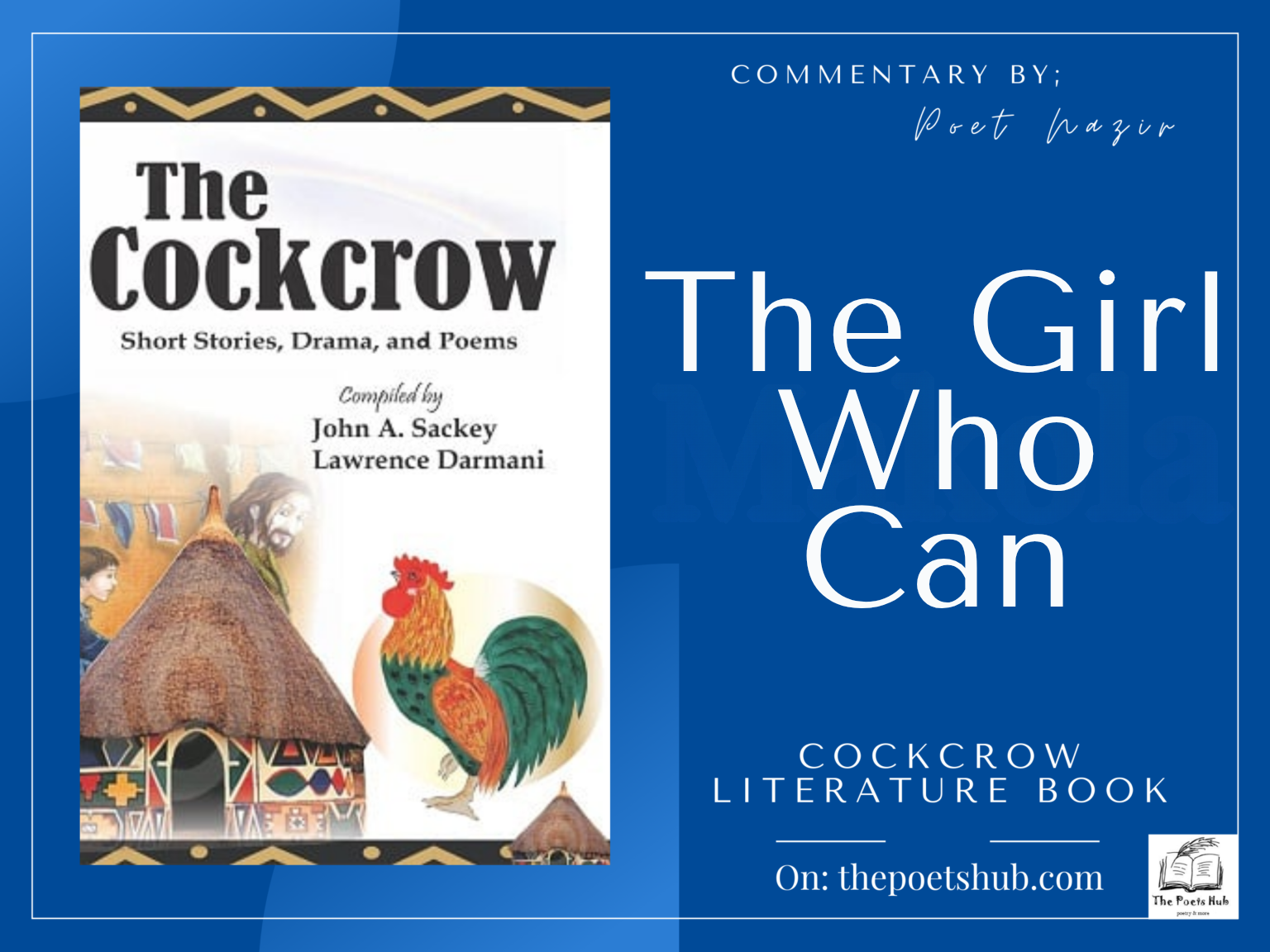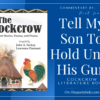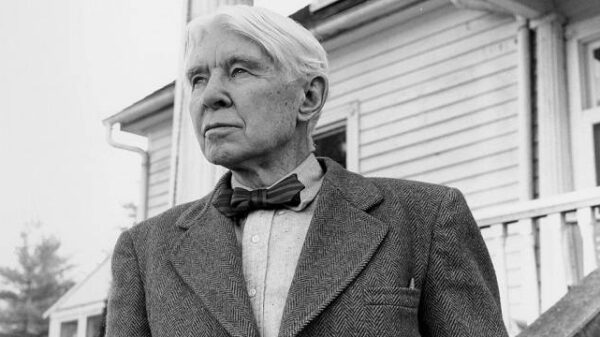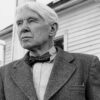Summary Of The Girl Who Can
Adjoa, a seven-year-old girl from the fertile village of Hasodzi in Ghana, struggles to express her thoughts because the adults around her—especially her grandmother, Nana, and her mother—either dismiss her or laugh at her.
Nana constantly criticizes Adjoa’s thin legs, insisting they are unfit for childbirth, while her mother quietly disagrees but lacks the courage to stand up to Nana. Adjoa feels caught between their arguments, unable to voice her own perspective without fear of ridicule or silencing.
The tension revolves around Adjoa’s legs, which Nana believes should be strong and meaty to support childbearing hips, while Adjoa secretly wonders why legs can’t be valued for other things, like running.
When Adjoa is chosen to represent her school in races, her athletic success surprises Nana, who begins to see her granddaughter’s thin legs in a new light.
Nana’s pride grows as Adjoa wins every race and earns a trophy, which Nana carries home like a precious treasure, her earlier criticisms replaced with tearful admiration.
In the end, Adjoa’s running triumphs silently prove what she couldn’t articulate—that thin legs have their own strength and purpose. Nana, once dismissive, now cradles Adjoa, murmuring in awe about how “thin legs can also be useful.”
Adjoa reflects that actions spoke louder than words could have, sparing her from being scolded or laughed at. Meanwhile, her mother remains silent, as usual, leaving Adjoa to quietly savor her victory over the narrow expectations that once defined her.
Read Also: Cockcrow Commentary: The Girl Who Can Detailed Commentary
Questions and Answers on The Girl Who Can
Answer the following questions on The Girl Who Can
1. Why was Nana disturbed about Adjoa’s legs?
Ans: She thought that Adjoa’s legs were too thin and too long for a woman.
2. What is required of a woman before she can be fertile, according to the story?
Ans: Solid hips and good calves
3. What is the dominant theme of this story?
Ans: It is a mistake to underrate people because of their physical appearance.
4. Why did Nana start washing Adjoa’s school uniform all of a sudden?
Ans: Because she started taking Adjoa more seriously when she realised that Adjoa had a special ability to run.
5. What were the controversial opinions that Nana and Maami had about girl-child education?
Ans: Nana saw girl-child education as a waste of time while Maami wanted Adjoa to at least learn how to write and calculate some things.
6. How would you describe Nana as a character?
Ans: It is difficult for Nana to change her views and opinions on certain subjects. She only believes when she sees.
One could say Nana is a skeptic.
7. Why was Adjoa confused about what to say and what not to say?
Ans: Because no one explained to Adjoa why some of the things she said was wrong or right.
8. What did Adjoa win for her school?
Ans: The cup for the best-round junior athlete.
9. What did Adjoa prove by being the best-round junior athlete?
Ans: She proved that thin legs could be useful.
10. Why did Nana usually say that Adjoa did not know the problems of this world?
Ans: Because Nana felt that Adjoa was fortunate because she always had enough food to eat.
11. Why did Adjoa enjoy walking to school?
Ans: She had long legs which made walking easy for her.
12. The narrative technique in the above story is
Ans: The first person narrative
13. Who was referred to as Kaya in the story?
Ans: Maami
14. Where does the narrator say she was born?
Ans: Adwoa was born in Hasodzi.
15. Why does Nana criticize Adjoa’s legs, and what qualities does she believe they should have?
Ans: Nana criticizes Adjoa’s legs as too thin and long, believing women’s legs should be strong for childbearing.
16. How does Adjoa’s mother feel about Nana’s criticism of Adjoa’s legs?
Ans: Adjoa’s mother defends her legs.
17. What is the significance of Adjoa winning races at school? How does it change Nana’s view of her legs?
Ans: Winning races proves Adjoa’s legs are valuable, changing Nana’s view to seeing them as useful.
18. What does Nana do to celebrate Adjoa’s achievement?
Ans: Nana carries the cup like a baby.
19. Discuss how the relationship between Nana and Adjoa’s mother reflects generational differences in values.
Ans: Nana values traditional femininity, while Adjoa’s mother prioritizes education and growth.
20. How does the narrator feel about her ability to express her thoughts?
Ans: The narrator feels frustrated expressing herself, as adults dismiss or laugh at her.
21. Analyze how Nana’s perception of Adjoa’s legs evolves throughout the story.
Ans: Nana shifts from criticizing Adjoa’s legs to valuing them after her success.
22. What role does the narrator’s school and running achievements play in shifting the family dynamics?
Ans: Adjoa’s achievements validate education and challenge traditional views, bringing pride to the family.
23. Identify and explain an example of imagery in the description of Nana’s cloth.
Ans: “You can hear the cloth creak” vividly portrays the stiffness of Nana’s cloth.
24. Find an instance of repetition in the text and explain its significance.
Ans: “Thin legs can also be useful” repetition shows Nana’s eventual acceptance of Adjoa’s legs.
25. Cite an example of a metaphor in the story and analyze its meaning.
Ans: “Locked into some kind of darkness” symbolizes illiteracy and its limitations.
26. Explain how irony is used in the story, particularly in relation to Nana’s views on Adjoa’s legs.
Ans: It’s ironic that Nana criticizes Adjoa’s legs but later celebrates their success.
27. Based on the story, what advice would you give Adjoa about managing relationships with adults?
Ans: Adjoa should stay confident and patient as adults may take time to change views.
28. What is Nana’s main concern about Adjoa’s legs?
Ans: Nana thinks Adjoa’s legs are too thin and long.
29. What does Nana borrow from Mr. Mensah to prepare Adjoa’s uniform?
Ans: Nana borrows a pressing iron.
30. Discuss the theme of societal expectations and individual identity as portrayed in the story. How does Adjoa’s journey challenge traditional views of femininity and physical appearance?
Ans: Adjoa’s achievements challenge traditional views, proving identity isn’t defined by appearance.
31. What does the gleaming cup symbolize in the story?
Ans: The gleaming cup symbolizes Adjoa’s success.
32. Identify and analyze the use of personification in the text.
Ans: “If I had been the uniform…” humorously shows Nana’s pride in preparing Adjoa’s uniform.
33. How is humor used to depict the interactions between Adjoa and Nana?
Ans: Humor depicts Nana laughing at Adjoa’s comments.
Poet Nazir is a writer and an editor here on ThePoetsHub. Outside this space, he works as a poet, screenwriter, author, relationship adviser and a reader. He is also the founder & lead director of PNSP Studios, a film production firm.









